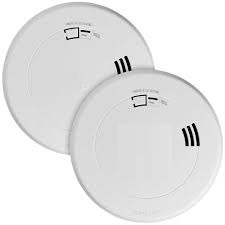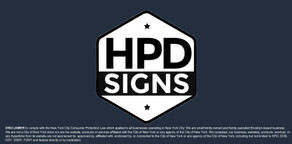where to install my gas detector per LL157
To comply with Local Law 157 (LL 157) in New York City, property owners must install gas detectors under certain conditions. Here’s a summary of the key requirements:
-
Buildings Affected:
- Natural gas alarms must be installed in private dwellings, class A multiple dwellings, and class B multiple dwellings
- These requirements do not apply to buildings that do not have gas piping or gas service
- In private dwellings and class A multiple dwellings, one or more natural gas alarms must be installed in each dwelling on or before May 1, 2025
- In class B multiple dwellings, one of the following must happen on or before May 1, 2025:
- One or more natural gas alarms must be installed in each dwelling
- A line-operated zoned natural gas detecting system, designed in accordance with NFPA 715-2023 by a registered design professional, must be installed in all public corridors and public spaces
-
Detector Placement:
Where a fuel-gas burning appliance is installed within a dwelling, the gas alarm must be installed in the same room as the appliance - The alarm must be located at least 3 feet, but not more than 10 feet from the appliance, measured horizontally
- The gas alarm must be installed on either the ceiling, or a wall
- Where installed on a wall, the alarm must be located not more than 12 inches from the ceiling
- Exception (created based on feedback to the proposed rule): Where the existing space does not allow for installation at least 3 feet from a fuel-gas-burning appliance, or the manufacturer’s instructions or NFPA 715-2023 require installation in a different location, alarm installations must be placed in accordance with the manufacturer’s or the NFPA 715 location requirements
- The alarm must be labeled with the name of the manufacturer
- The alarm must be listed and labeled with either UL 1484 or UL 2075 as applicable
- The alarm must be kept in good working order
- Installer qualifications: Natural gas alarms must be installed by a New York City Licensed electrical contractor, who obtains all required permits.
- Exception. Natural gas alarms that are powered either by battery or by plug-in AC receptacle may be installed by other than a licensed electrical contractor, including but not limited to the building owner, building maintenance personnel, or the dwelling unit occupant.
-
Type of Detectors:
- The detectors must be capable of detecting combustible gases, primarily natural gas or propane.
- Detectors should be listed by a nationally recognized testing laboratory.
- The alarm must be labeled with the name of the manufacturer
- The alarm must be listed and labeled with either UL 1484 or UL 2075 as applicable
- The alarm must be kept in good working order
-
Compliance Timeline:
- Specific timelines for compliance are provided within the law, and property owners must ensure detectors are installed within May 1, 2025. Owners and managers can start installation now to ensure all dwellings comply on or before this date.
-
Maintenance and Replacement:
- Property owners are responsible for maintaining the gas detectors and replacing them according to the manufacturer’s instructions.
-
Tenant Notification:
- Property owners must provide written information to tenants on the operation, testing, and maintenance of the gas detectors.
-
Penalties for Non-Compliance:
- Property owners may face penalties for not installing or maintaining gas detectors as required by LL 157.
By ensuring that gas detectors are properly installed and maintained, property owners can enhance the safety of their buildings and comply with LL 157 requirements. For specific details, it is advisable to refer directly to the text of LL 157 or consult with a legal expert.
DISCLAIMER to comply with the New York City Consumer Protection Law which applies to all businesses operating in New York City: We are small family-owned and family-operated Brooklyn-based business. We are not a City of New York store nor are the website, products or services affiliated with the City of New York or any agency of the City of New York. We ourselves, our business, websites, products, services, or any hyperlinks from its website are not sponsored by, approved by, affiliated with, endorsed by, or connected to the City of New York or any agency of the City of New York, including but not limited to HPD, DOB, DOT, DSNY, FDNY and federal directly or by implication.
DISCLAIMER These codes may not be the most recent version. The State / federal or other regulation department may have more current or accurate information. We make no warranties or guarantees about the accuracy, completeness, or adequacy of the information contained on this site or the information linked to on the state site. Please check official sources.
The requirements for sign content are determined by intended use and by applicable regulation. The BUYER is responsible for determining the appropriate content for a sign or package of signs. WE makes no warranty or representation of suitability of a sign for any specific application. IT IS THE CUSTOMER'S RESPONSIBILITY TO ENSURE THAT THE SIGNS THE CUSTOMER ORDERS ARE IN COMPLIANCE WITH ALL STATE, FEDERAL, LOCAL, AND MUNICIPAL LAWS. Please review terms and conditions prior to purchase.
For more information about what is required, see the laws that are referenced and the rules applicable to your city and state. This page is for informational purposes only and is not intended as legal advice, professional advice or a statement of law. You may wish to consult with an attorney.















